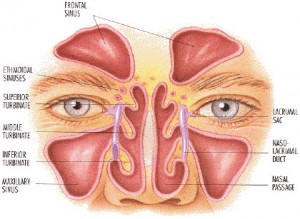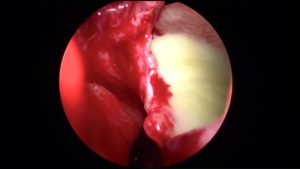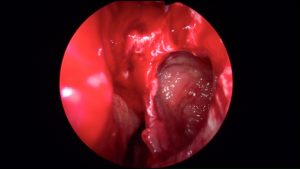What are the nasal sinuses?
- Posted on: Jan 28 2013
Our nasal sinuses are air-filled pockets of air that surround the nasal passages. We have four sets of sinuses. The ethmoid sinuses are made up of approximately 15 smaller pockets, and they are situated to the center of each eyeball. The maxillary sinuses are the largest ones, and are situated below the eyes, behind the cheeks. The frontal sinuses are located above the eyes behind the eyebrows. The sphenoid sinuses are located towards the back, behind the ethmoid sinuses and very back of the eye sockets.
The nasal sinuses are lined with the same membrane that covers our nasal passages. This membrane is mucous membrane, and it makes a mucoid secretion. This allows for normal cleaning and function of the sinuses.
There are many theories about the actual reason for us having sinuses. According to one idea, they provide the same function as airbags to prevent from trauma to the head dispersing through more vital structures. A second idea is that they make our heads lighter by having areas completely filled with air rather than solid flesh, that could be heavier.
The sinuses typically open into the nasal passages with very small drainage pathways. If those drainage pathways are congested due to allergies, colds or flu, or any other irritation, the sinuses can get blocked up entirely. This can lead to pressure buildup within the sinuses, as well as retention of the mucus secretions inside the sinuses. The patient may then experience sinus infection or severe headaches.
In some people, the opening of the sinuses may be more narrow due to variations from one person’s anatomy to the next. In some other people, the sinuses may be blocked by deviation of the septum, or by polyps forming in the drainage pathways. These situations would make the patient more susceptible to developing sinus infections more frequently.
The patient’s with sinus problems are encouraged to follow up with our doctors to have more thorough examination. The physical examination may also include an office endoscopy to assess the patency of the sinus drainage pathways. Occasionally, a CT scan of the nasal sinuses might be necessary to better delineate the extent of the patency.
For more information about sinus disorders, refer to the Sinus Diseases portion of our website.
For more information on sinus procedures, refer to our section on Sinus Surgery.
Tagged with: acute sinusitis, chronic sinusitis, deviated nasal septum, deviated septum, ear nose throat, ENT, ethomid, frontal, headache, Isaac Namdar, Isaac Namdar MD, maxillary, New York, new york city, Otolaryngology, Otorhinolaryngology, sinus, sinus congestion, sinus headaches, sinuses, sinusitis, sphenoid




